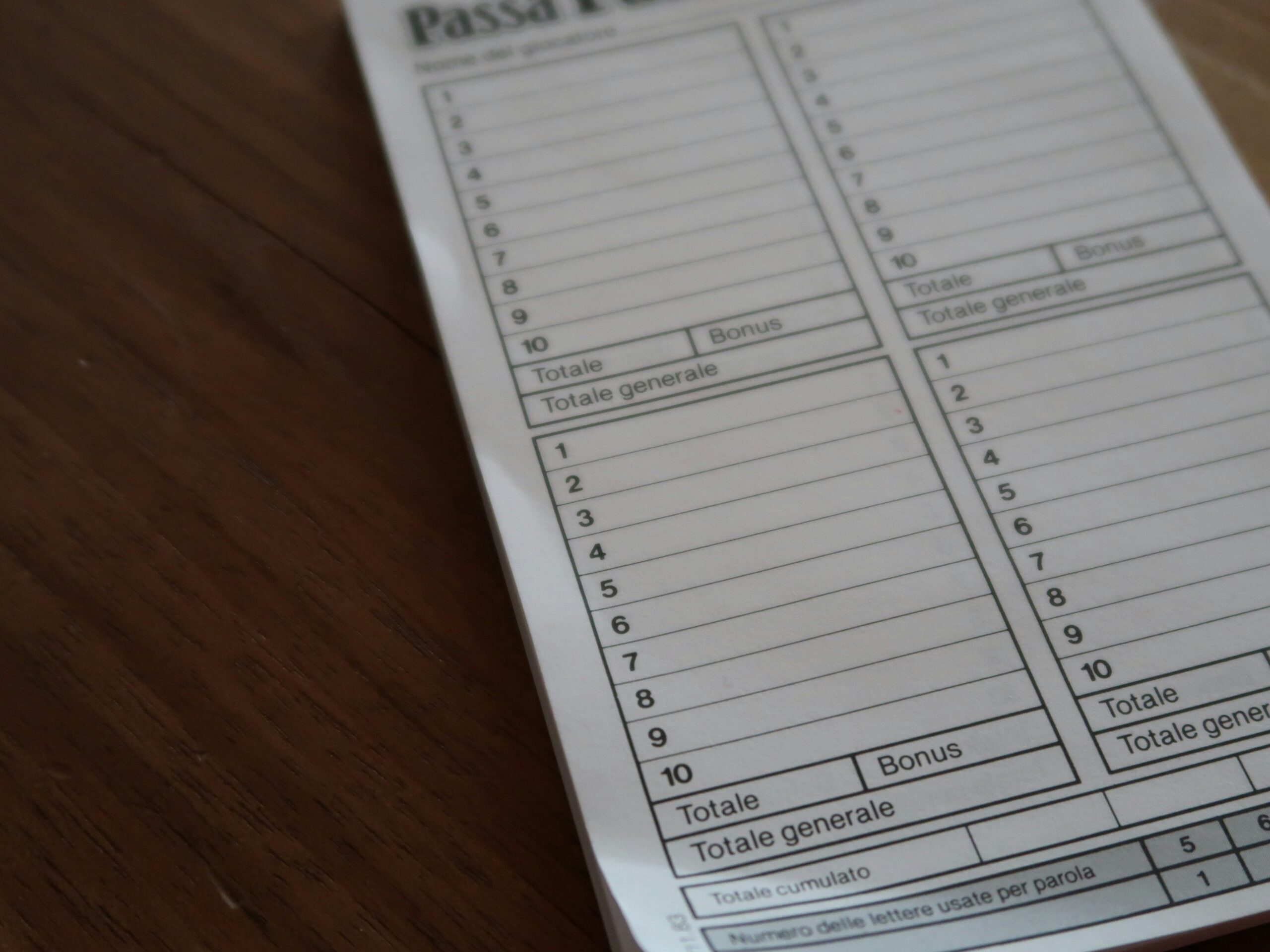Hook: Ever tried completing a paper risk assessment only to feel like you’re drowning in spreadsheets, sticky notes, and endless scribbles? Yeah, us too. It’s stressful, chaotic, and honestly feels like trying to organize a toddler’s toy box during an earthquake.
But what if we told you there’s a way to tame the chaos—using modern research apps designed specifically for productivity and well-being? In this post, you’ll discover how to streamline Paper Risk Assessments while keeping your sanity intact. We’ll dive into why these assessments are crucial, explore step-by-step strategies, share actionable tips, and even include some real-world examples. Ready? Let’s get started!
Table of Contents
- Why Paper Risk Assessments Are Messy but Essential
- Step-by-Step Guide to Streamline Assessments
- 3 Game-Changing Tips for Using Research Apps
- Real-Life Success Stories: Crushing Risk Assessments Like a Pro
- FAQs About Paper Risk Assessments
Key Takeaways
- Paper Risk Assessments are vital for ensuring safety protocols, yet notoriously disorganized without proper tools.
- Research apps can streamline data collection, analysis, and reporting, reducing stress and saving time.
- This guide covers everything from choosing the right app to implementing best practices.
Why Paper Risk Assessments Are Messy but Essential

If you’ve ever worked on health & wellness projects that require Paper Risk Assessments, you know it’s not exactly a walk in the park. Whether it’s evaluating workplace hazards or planning project risks, traditional methods often involve piles of printed forms, manual calculations, and cross-checking outdated references.
Here’s a confession: I once spent three days redoing an entire risk matrix because someone mislabeled “low” as “moderate.” Sounds like a plot twist straight out of a bad office drama, doesn’t it? The worst part? My neck hurt so badly afterward; it felt like I’d been carrying around my laptop all day. True story (and trust me, it wasn’t chef’s kiss).
Rant alert: Why do people still rely solely on physical documents when digital solutions exist?! It’s 2024—we’re building AI robots, for crying out loud! Can’t we retire clunky binders already?
Step-by-Step Guide to Streamline Assessments
Step 1: Identify the Right Research App
Optimist You: “There are tons of shiny new apps waiting to save the day!”
Grumpy You: “Ugh, fine—but only if they have offline functionality.”
Start by selecting an app tailored to your needs:
- Evernote: Great for organizing notes and attaching files.
- Airtable: Perfect for creating customizable databases for tracking hazards.
- Miro: Ideal for visual collaboration and mapping workflows.
Step 2: Digitize Old Data Efficiently
No one likes retyping old information—let technology handle it. Use OCR (optical character recognition) software like ABBYY FineReader to scan existing paperwork and convert it into editable text.
Step 3: Integrate Well-Being Tools
Ditch burnout by incorporating mindfulness breaks through integrations with apps like Calm or Headspace. Science says taking brief mental pauses boosts focus and productivity.
3 Game-Changing Tips for Using Research Apps
- Tip #1: Automate repetitive tasks using Zapier or Make. For example, set up automatic email updates whenever a team member completes their section.
- Tip #2: Terrible tip alert: Don’t try cramming every feature at once. Focus on mastering one tool before adding more complexity.
- Tip #3: Regularly review analytics dashboards within each app to identify bottlenecks early.
Real-Life Success Stories: Crushing Risk Assessments Like a Pro

Meet Sarah, a health & safety manager who used Airtable to track over 500 potential workplace hazards across multiple sites. By migrating her Paper Risk Assessments online, she cut processing times by 70% and improved team communication significantly.
Sarah says, “Before switching to Airtable, our staff dreaded doing assessments—it was like trying to alphabetize a bag of Scrabble tiles while blindfolded. Now, everyone loves collaborating digitally!”
FAQs About Paper Risk Assessments
Q1: What makes Paper Risk Assessments different from digital ones?
While both formats evaluate risks similarly, paper assessments lack scalability and ease of updates compared to digital counterparts.
Q2: Can I use free apps for managing large-scale assessments?
Yes, many free tools offer robust features. However, premium versions usually provide better customer support and advanced functionalities.
Q3: Is it really worth investing time into learning new research apps?
Absolutely. Studies show that businesses leveraging tech tools see a 25% improvement in operational efficiency on average.
Conclusion
In conclusion, Paper Risk Assessments don’t have to be a headache anymore. With the right research apps, you can transform messy processes into smooth, efficient workflows. Remember to choose wisely, integrate smartly, and prioritize self-care along the journey.
To sum up:
– Embrace digital tools for streamlined risk management.
– Break free from outdated systems holding you back.
– Keep your spirits high—even the grumpiest among us deserve a win.
And finally… here’s a quirky haiku just for fun:
Paper turns to code,
Chaos finds its happy place,
Like Tamagotchi.


